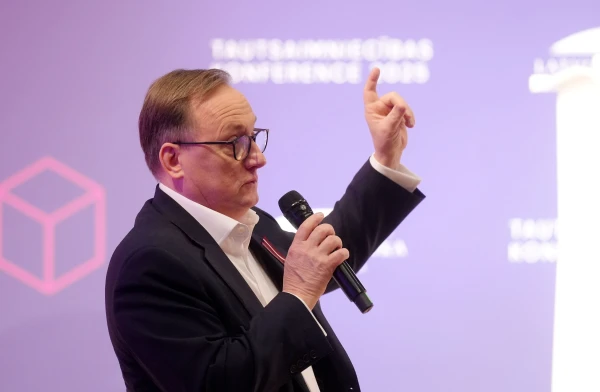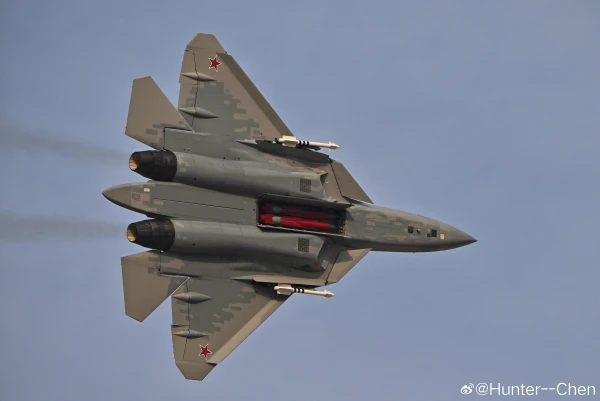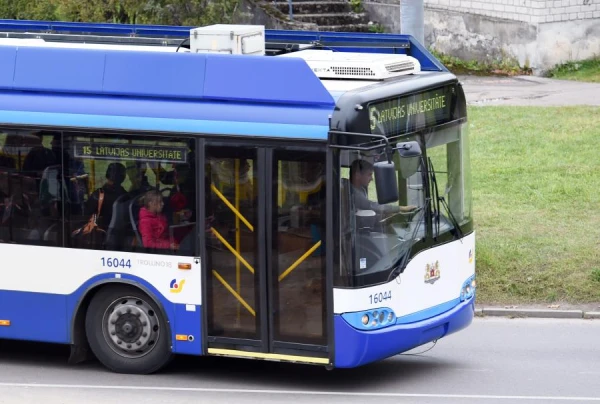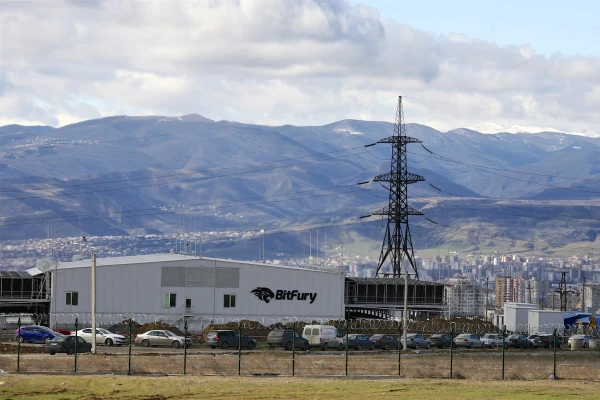
Donald Trump announced the imposition of tariffs against 185 countries.
The U.S. Supreme Court is expected to overturn Trump’s tariffs with a probability of 70%, according to media forecasts. The court considers the tariffs imposed by Donald Trump against most countries to be illegal. However, the U.S. leader estimated the potential losses for the United States due to the possible repeal of these measures at $3 trillion. Nevertheless, if the tariffs are repealed, Trump will have workarounds—such as imposing tariffs for national security reasons.
The Supreme Court Against Trump’s Tariffs
The probability that the Supreme Court will recognize U.S. President Donald Trump’s tariffs as illegal is about 70%, according to experts surveyed. On November 5, the court began hearing the case regarding the tariffs—the court must decide whether the American leader had the right to impose such measures, citing the International Emergency Economic Powers Act (IEEPA).
During the hearings, it was discussed that the establishment of taxes and tariffs is traditionally the prerogative of Congress. According to U.S. Trade Representative Jamieson Greer, a final decision may be made by the end of the year.
Following the initial review of the case, the chances that the imposed tariffs will remain in effect decreased from 40–45% (before the discussion) to 20–25%, noted macroeconomist Yuri Ichkitidze from Freedom Finance Global. This means that the probability of their repeal by the court is estimated at 75–80%. Additionally, Oleg Shibanov, a professor at the Russian Economic School, emphasized that the current probability of a decision on the legality of the tariffs is slightly above 26%. A similar position is held by leading analyst Igor Rastorguev from AMarkets.
According to Donald Trump, the U.S. will soon start using revenue from tariffs to pay off its national debt, which has already exceeded $38 trillion. He also promised to pay each American $2,000 from these collections.
Donald Trump announced the imposition of tariffs against 185 countries in early April. Later, he repeatedly froze these tariffs. As a result of trade deals, rates for some countries were reduced, for example, for Japan from 25% to 15% and for Indonesia from 32% to 19%. With the European Union, Trump agreed to reduce tariffs from 30% to 15%, in exchange for which the EU promised to abandon Russian raw materials and purchase energy resources from the U.S. worth $250 billion over three years. Additionally, tariffs against China were raised to 145%, but later the countries began a "trade truce" and halted tariffs at 10%. Later, Washington postponed the introduction of increased tariffs on imports from Beijing until November 10, 2026.
However, the White House is likely to switch to a different trade tactic and maintain restrictions even if the Supreme Court recognizes the imposed tariffs as illegal, Reuters previously reported. The American president currently has several tools at his disposal.
Thus, U.S. legislation allows for the imposition of tariffs if necessary for national security protection—this scheme is already in place for tariffs on steel, aluminum, and automobiles, noted Igor Rastorguev from AMarkets. Furthermore, the expert emphasized that Washington can apply measures against countries with "unfair" trade practices under the U.S. Trade Act of 1974, as has already been done in the case of China. There is also another tool that allows for the rapid increase of tariffs to 15% in the event of a trade deficit lasting 150 days.
<iframe width="446" height="793" src="https://www.youtube.com/embed/qHK7Y1sJLmY" title="Trump Supported 500% Tariffs for Russia's Partners" frameborder="0" allow="accelerometer; autoplay; clipboard-write; encrypted-media; gyroscope; picture-in-picture; web-share" referrerpolicy="strict-origin-when-cross-origin" allowfullscreen></iframe>












